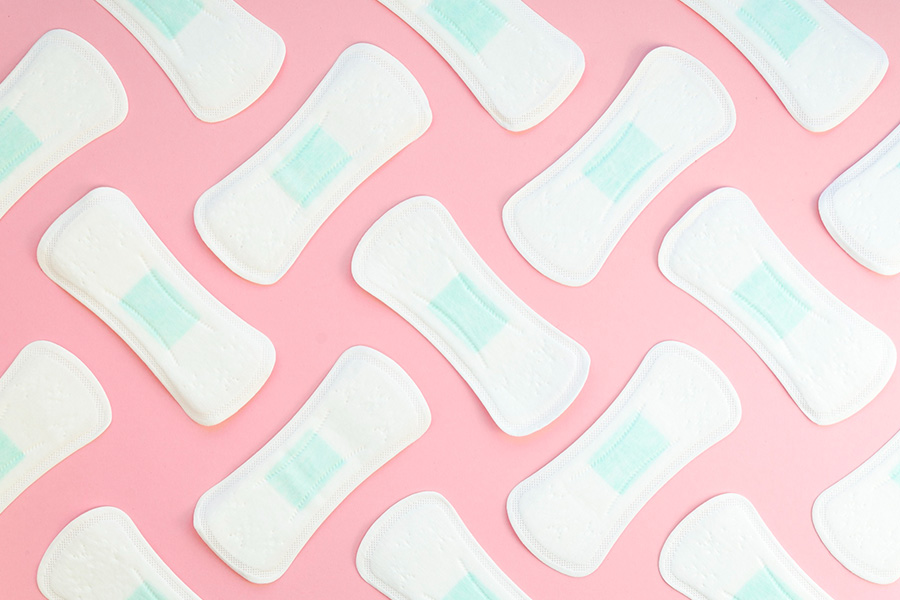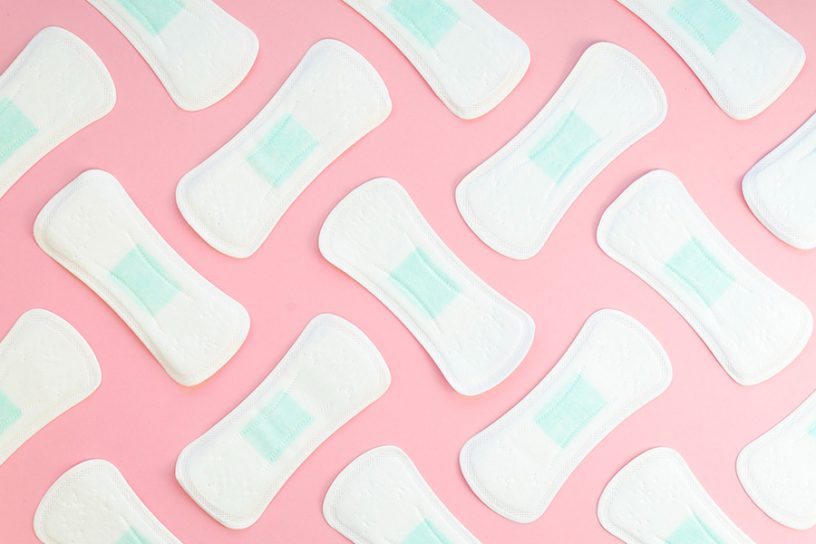
The study highlights how sanitary pads distribution was overlooked during the pandemic, leaving girls and women vulnerable to managing their menstrual needs.
Authors
Karan Babbar, Assistant Professor, Jindal Global Business School, O.P. Jindal Global University, Sonipat, Haryana, India.
Niharika Rustagi, Lee Kuan Yew School of Public Policy, National University of Singapore, Singapore.
Pritha Dev, Economics Area, Indian Institute of Management, Ahmedabad, Gujarat, India.
Summary
This paper empirically explores the impact of COVID-19 pandemic and its accompanying lockdown on adolescent girls’ and women’s access to sanitary pads in India. We have used the National Health Mission’s Health Management Information System (NHM-HMIS) data for the study, which provides data on pads’ distribution on a district level.
The empirical strategy used in the study exploits the variation of districts into red, orange, and green zones as announced by the Indian Government. To understand how lockdown severity impacts access to sanitary pads, we used a difference-in-difference (DID) empirical strategy to study sanitary pads’ access in red and orange zones compared to green zones.
We find clear evidence of the impact of lockdown intensity on the provision of sanitary pads, with districts with the strictest lockdown restrictions suffering the most. Our study highlights how sanitary pads distribution was overlooked during the pandemic, leaving girls and women vulnerable to managing their menstrual needs.
Thus, there is a requirement for strong policy to focus on the need to keep sanitary pads as part of the essential goods to ensure the needs of the girls and women are met even in the midst of a pandemic, central to an inclusive response.
Published in: Journal of Social Issues
To read the full article, please click here.


